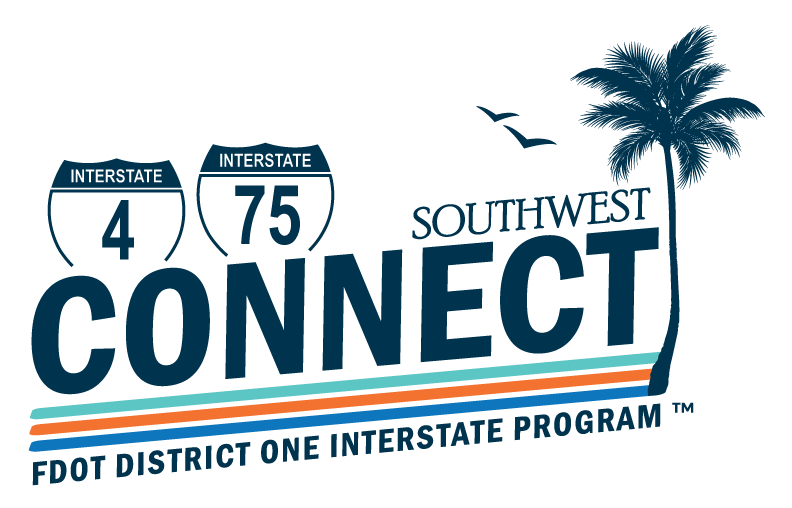Is tolling a requirement for a managed lane?
Tolling is not a requirement for a managed lane; however, in situations where facilities experience extreme congestion, tolling is a tool used to provide individuals with a choice of paying a toll to move through the congested area and experience a more reliable trip.
